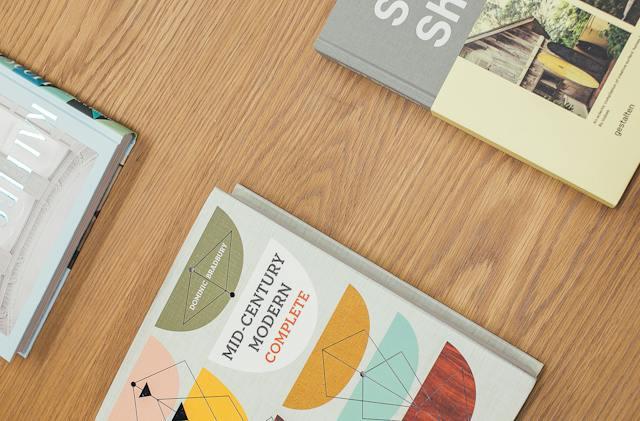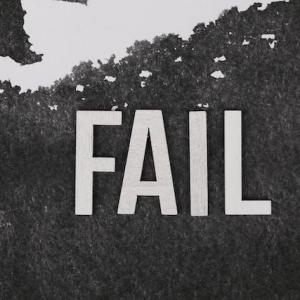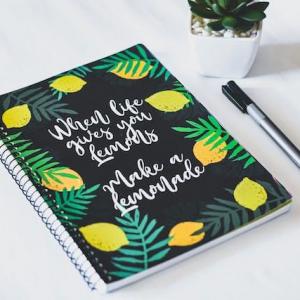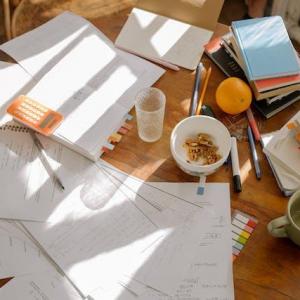
Visual Learning Techniques:
Visual learners prefer to see information in order to understand and remember it effectively. Here are some study techniques that cater to visual learners: - Mind Mapping: Use diagrams or mind maps to visually organize and connect ideas. This technique helps visualize relationships between concepts and aids in memory retention. Start with a central topic and branch out with subtopics and related ideas.- Flashcards: Create flashcards with key terms, definitions, or concepts. The act of writing and reviewing flashcards helps reinforce information and improve recall. Use different colors to categorize information or highlight important points.
- Diagrams and Charts: Utilize visual aids such as diagrams, charts, or graphs to represent complex information or processes. This visual representation enhances understanding and retention. Break down information into visual components to make it more digestible.
- Color Coding: Use different colors to highlight or categorize information. This technique helps visual learners make connections and easily locate key details. Assign different colors to different topics or categories to enhance organization and retrieval.
Auditory Learning Techniques:
Auditory learners grasp information more effectively through listening and verbal communication. Here are some study techniques that cater to auditory learners: - Record Lectures or Readings: Use voice recording apps or devices to record lectures or readings. Listening to these recordings allows auditory learners to reinforce their understanding and retain information. Take notes while listening to further engage with the content.- Group Discussions: Engage in group discussions to verbally explain concepts or teach others. This technique helps auditory learners solidify their understanding through verbalization and active participation. Listen attentively to others' perspectives and contribute to the discussion.
- Verbal Repetition: Repeat information aloud or summarize concepts in your own words. This auditory reinforcement aids in memory retention for auditory learners. Teach the material to yourself or explain it to someone else to reinforce comprehension.
- Podcasts or Audiobooks: Listen to educational podcasts or audiobooks related to the subject matter. Auditory learners benefit from listening to content delivered in an engaging and auditory format. Take notes while listening to enhance retention.
Kinesthetic Learning Techniques:
Kinesthetic learners learn best through hands-on activities and physical engagement. Here are some study techniques that cater to kinesthetic learners:- Role-Playing: Act out scenarios or role-play to understand and internalize concepts. This hands-on approach allows kinesthetic learners to engage with the material in a tangible way. Create real-life scenarios and simulate problem-solving situations.
- Hands-On Experiments or Activities: Conduct experiments or engage in hands-on activities related to the subject matter. This active learning technique helps kinesthetic learners understand and remember information through physical engagement. Use models, manipulatives, or interactive simulations to enhance understanding.
- Use Manipulatives: Utilize physical objects or manipulatives to represent concepts or solve problems. This tactile approach allows kinesthetic learners to interact with information in a concrete manner. Use building blocks, puzzles, or physical models to represent abstract concepts.
- Take Breaks for Movement: Incorporate movement breaks during study sessions. Kinesthetic learners benefit from physical activity, as it helps increase focus and engagement. Take short breaks to stretch, walk, or engage in light exercise to boost learning and retention.
Finding the Most Effective Method for Individual Learning:
While exploring different study techniques is valuable, finding the most effective method for individual learning requires self-awareness and experimentation. Here's how to identify your preferred study method:- Reflect on Past Experiences: Consider past instances where you felt engaged and learned effectively. Reflect on the study techniques or activities that helped you grasp and retain information. Identify patterns or preferences that emerge from these experiences.
- Analyze Learning Style: Assess your learning style by reflecting on how you naturally process information. Are you more visually inclined, auditory-oriented, or kinesthetically driven? Understanding your learning style will guide you in choosing the most effective techniques.
- Experiment and Evaluate: Try different study techniques that align with your learning style. Experiment with various methods and evaluate their effectiveness. Pay attention to how engaged you feel, how well you retain information, and how easily you grasp concepts. Keep a study journal to document your experiences.
- Adapt and Refine: Adapt your study techniques based on the evaluation. Keep refining your approach by incorporating elements from different methods and combining them to suit your learning preferences. Be open to trying new techniques and adjusting them as needed.
Exploring different study techniques and finding the most effective method for individual learning is crucial for academic success. Whether you are a visual learner, auditory learner, or kinesthetic learner, there are various techniques available to cater to your specific preferences. By reflecting on past experiences, analyzing your learning style, experimenting with different methods, and continuously adapting and refining your approach, you can optimize your study habits and achieve the best results. Remember, the key is to embrace your unique learning style and tailor your study methods accordingly to maximize your learning potential.
It's important to note that individuals may have a combination of learning styles, and it's possible to incorporate multiple techniques into your study routine. For example, visual learners may benefit from listening to recorded lectures or engaging in hands-on activities to reinforce their understanding. Similarly, auditory learners can enhance their learning by using visual aids or participating in group discussions.
In addition to understanding your learning style, it's crucial to create a conducive study environment. Find a quiet and well-lit space where you can focus without distractions. Organize your study materials and keep them easily accessible. Establish a study schedule and stick to it consistently. Breaking down your study sessions into manageable chunks and taking regular breaks can also improve your overall productivity and retention.
Furthermore, it's important to engage actively with the material you are studying. Simply reading or passively reviewing notes may not be as effective as actively engaging with the content. Ask yourself questions, solve problems, and try to explain concepts in your own words. Practice retrieval by testing yourself periodically and reviewing areas where you struggle.
Lastly, seek feedback from teachers, professors, or classmates. They may provide insights or suggestions on study techniques that have worked for them or offer guidance on areas where you may need improvement. Collaborating with others can also provide different perspectives and enhance your understanding of the subject matter.
In conclusion, finding the most effective study method for individual learning involves understanding your learning style, experimenting with different techniques, and adapting your approach based on evaluation and feedback. Visual, auditory, and kinesthetic learning techniques offer a range of options to cater to different preferences. Remember to create a conducive study environment, engage actively with the material, and seek feedback to continuously improve. By embracing your unique learning style and tailoring your study methods accordingly, you can optimize your learning potential and achieve academic success.
Article
Be the first comment
Elite Article














